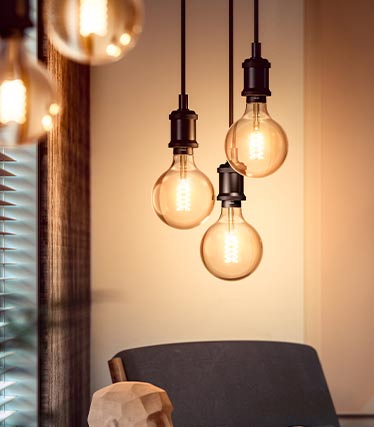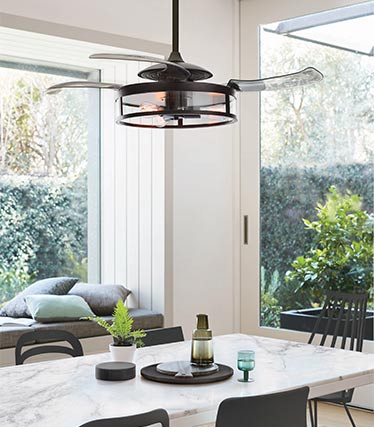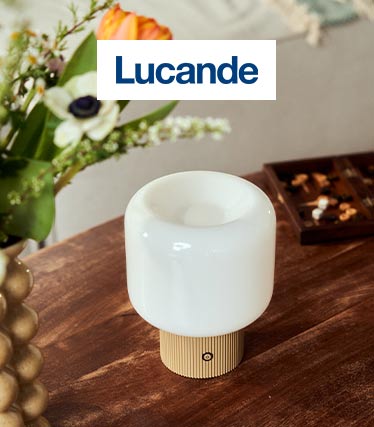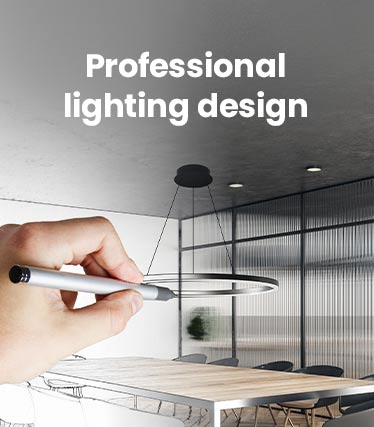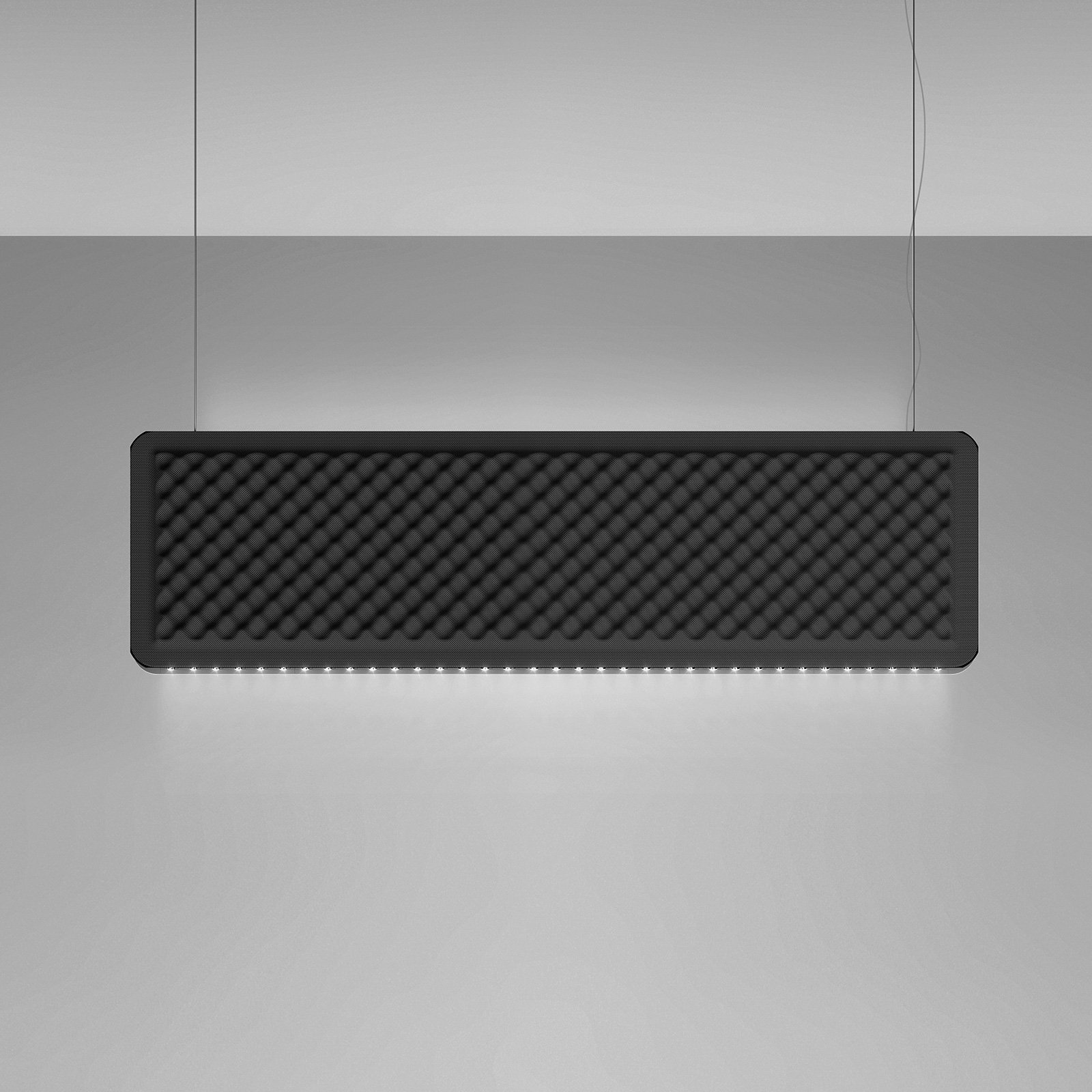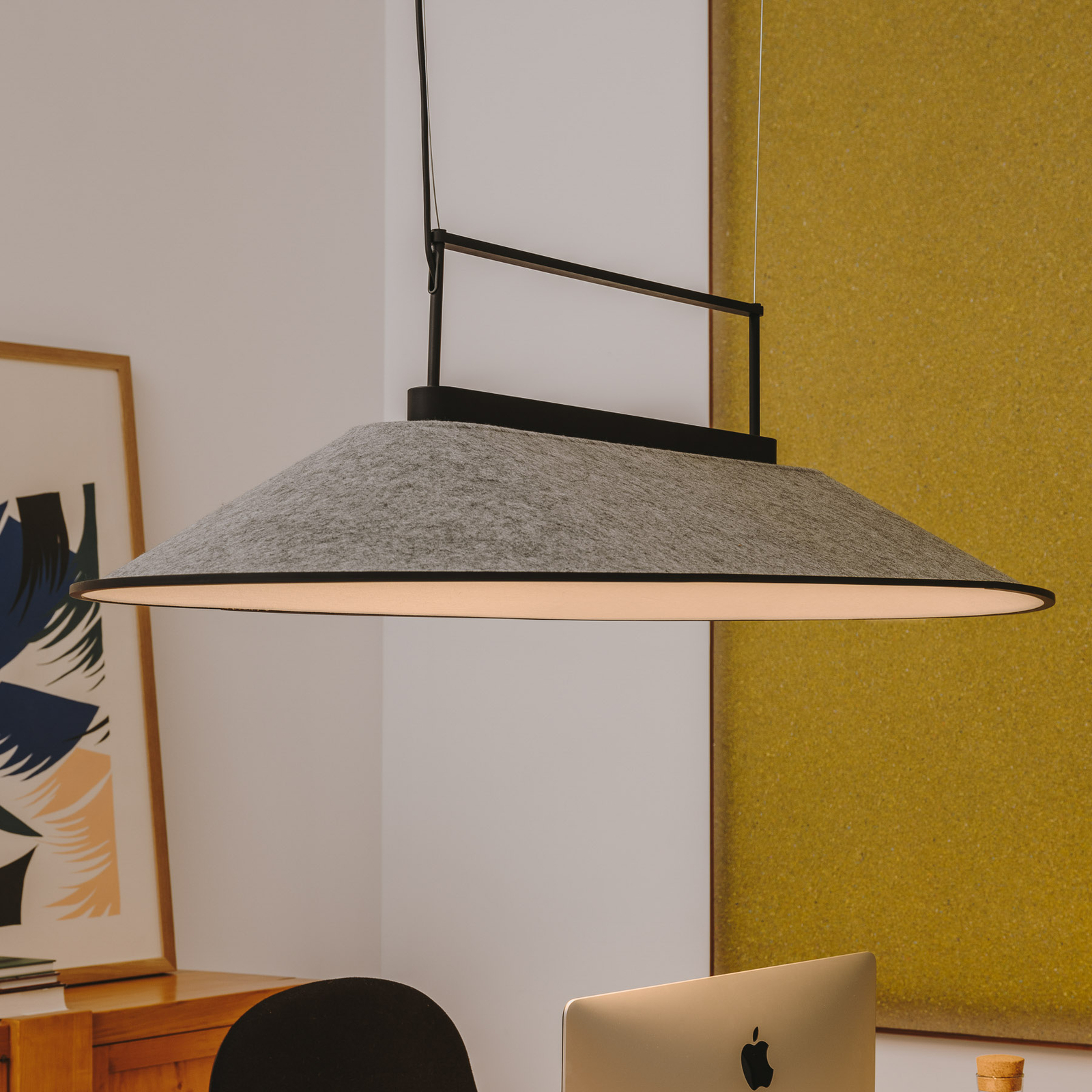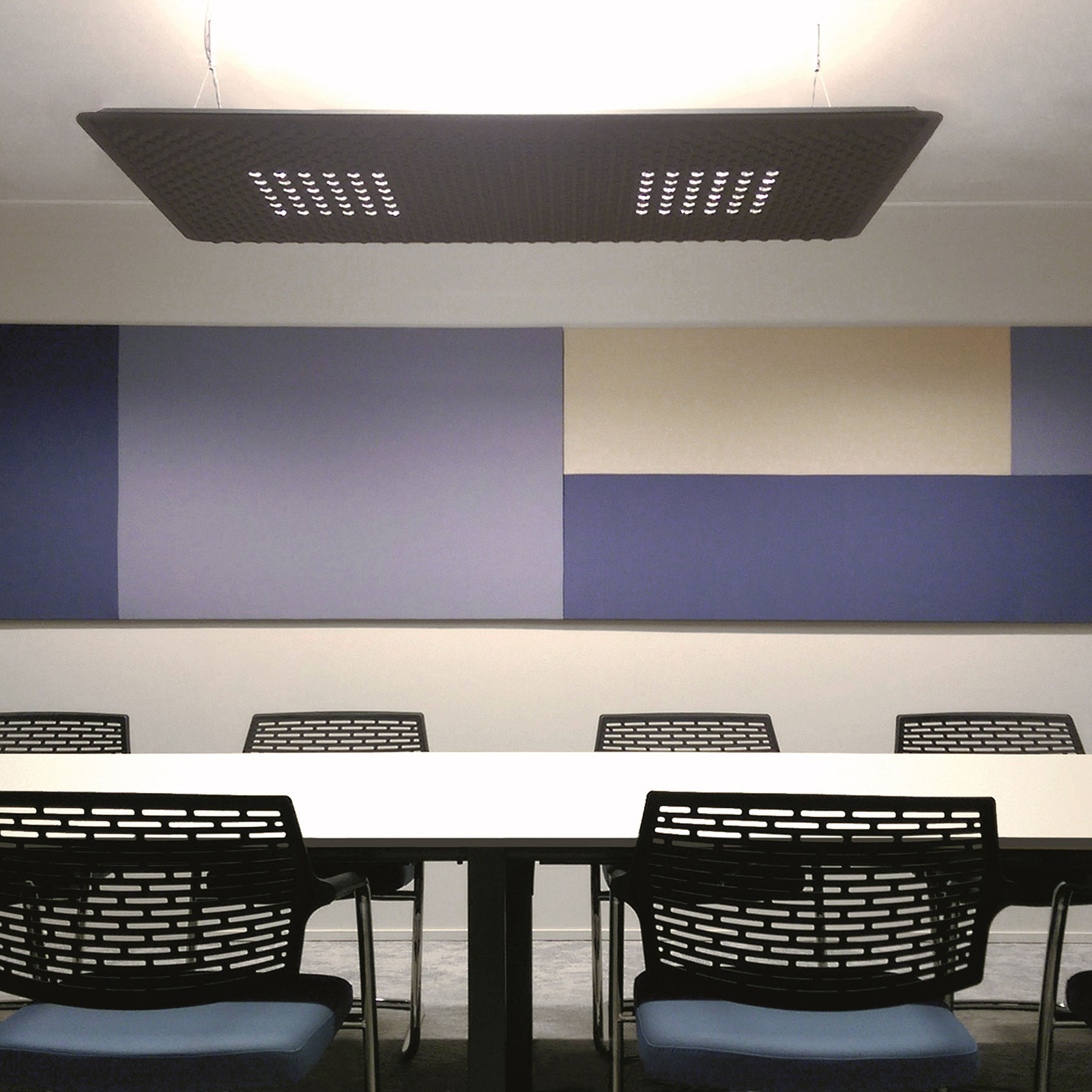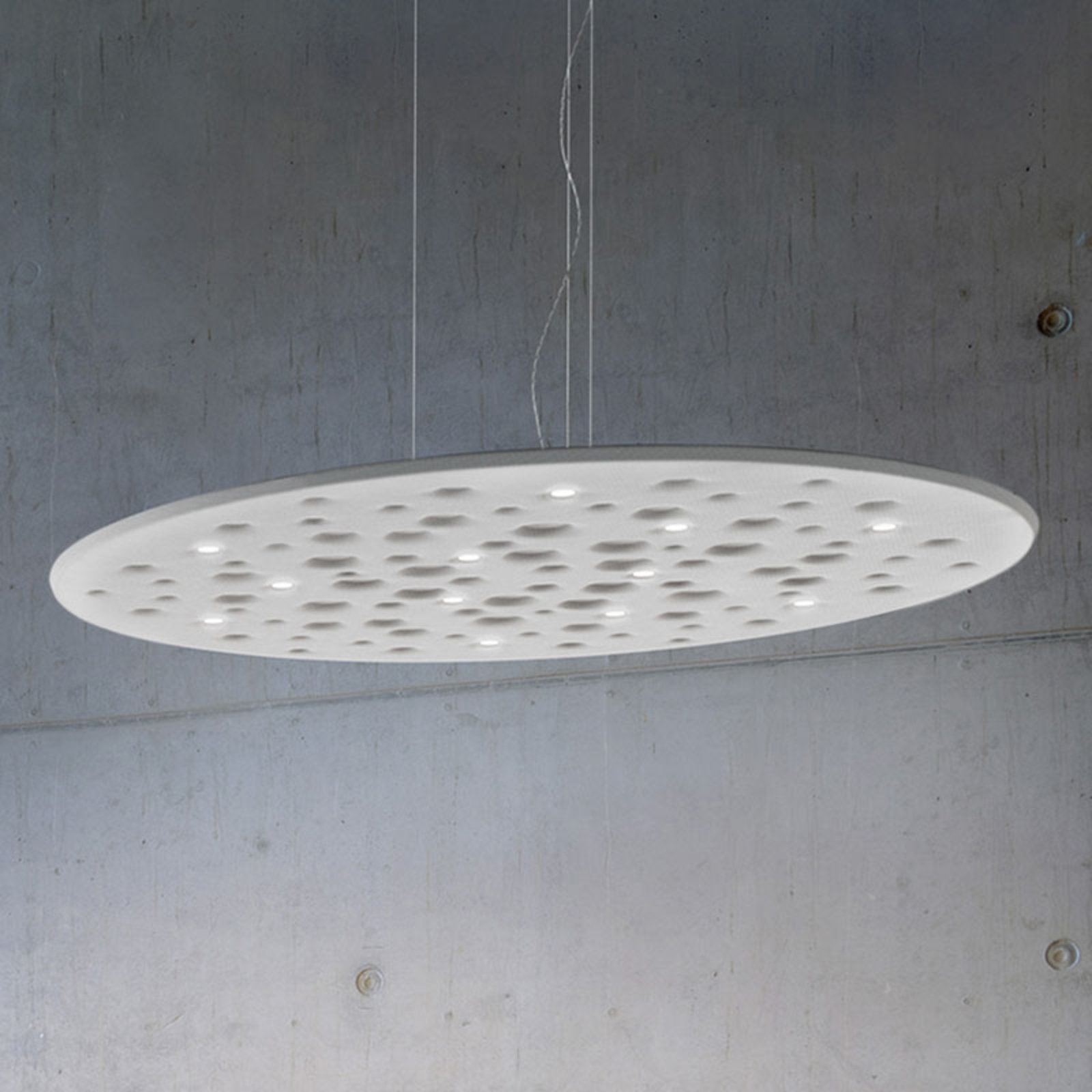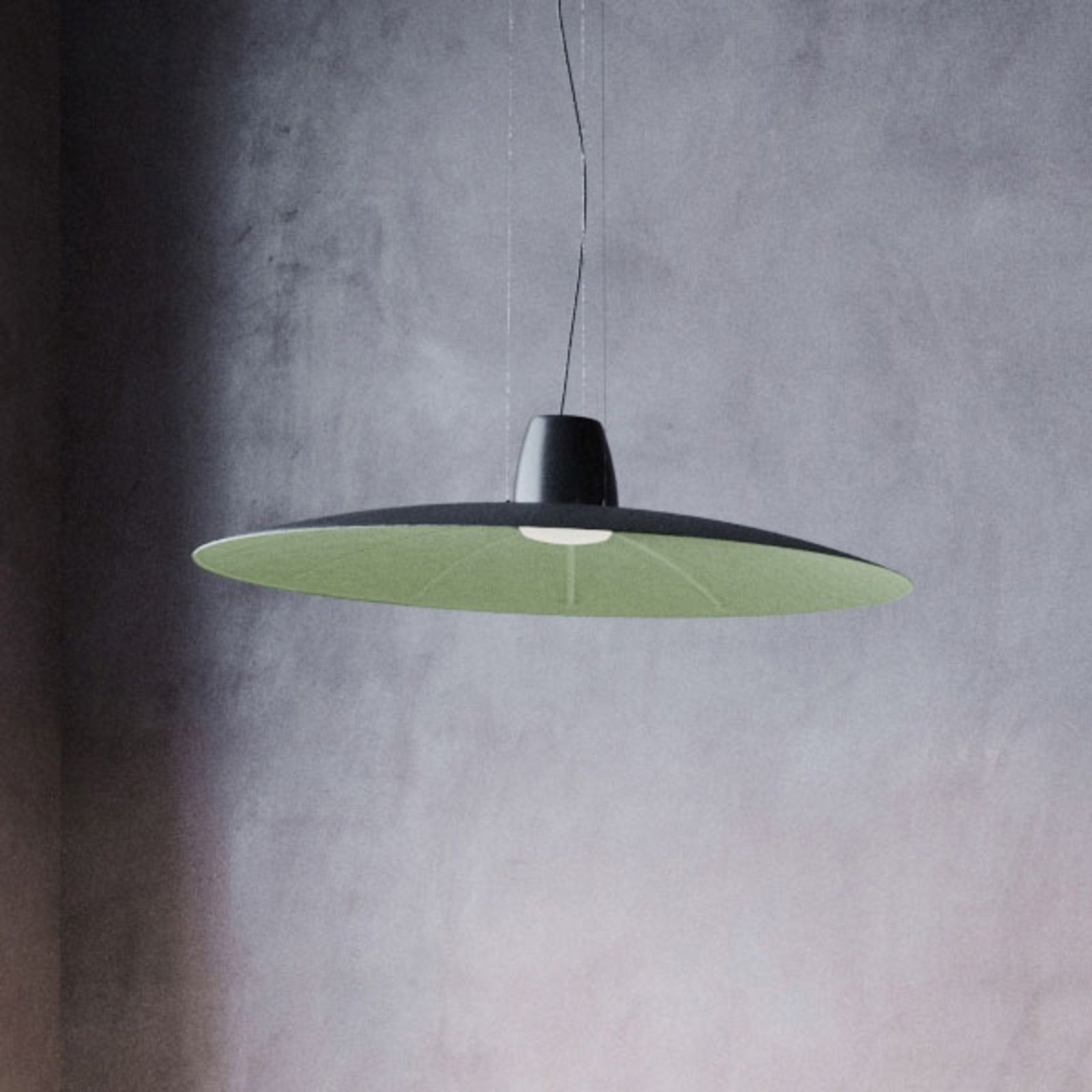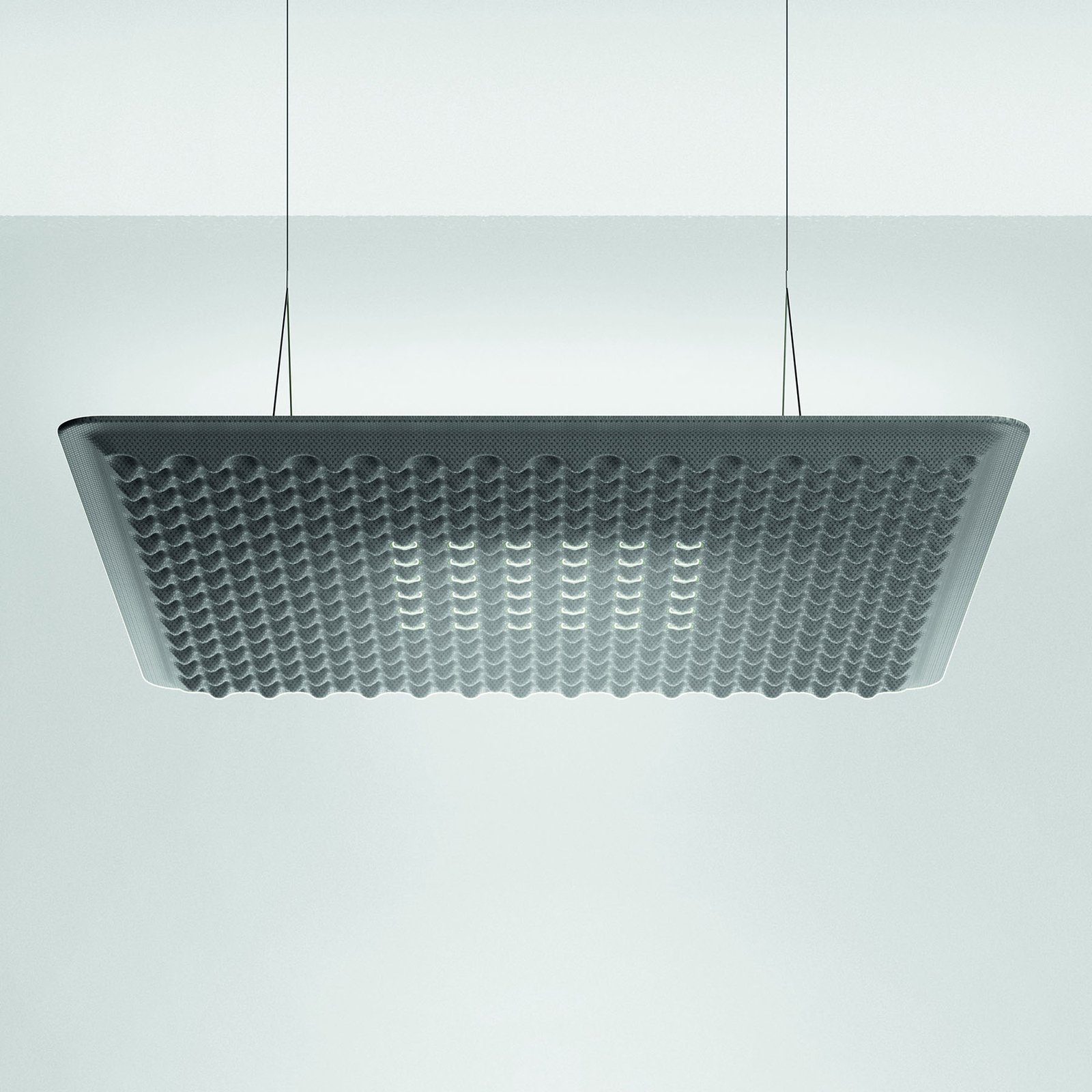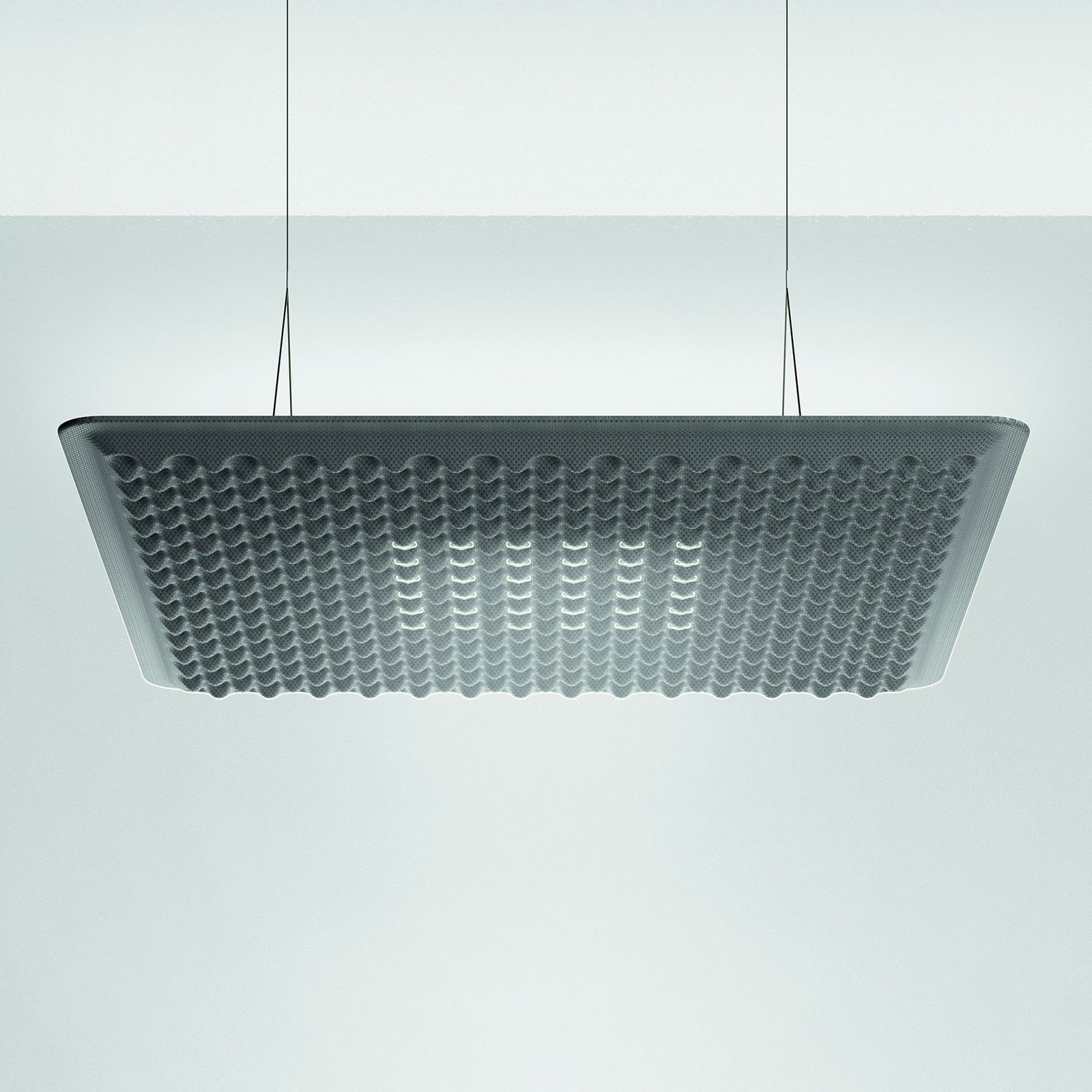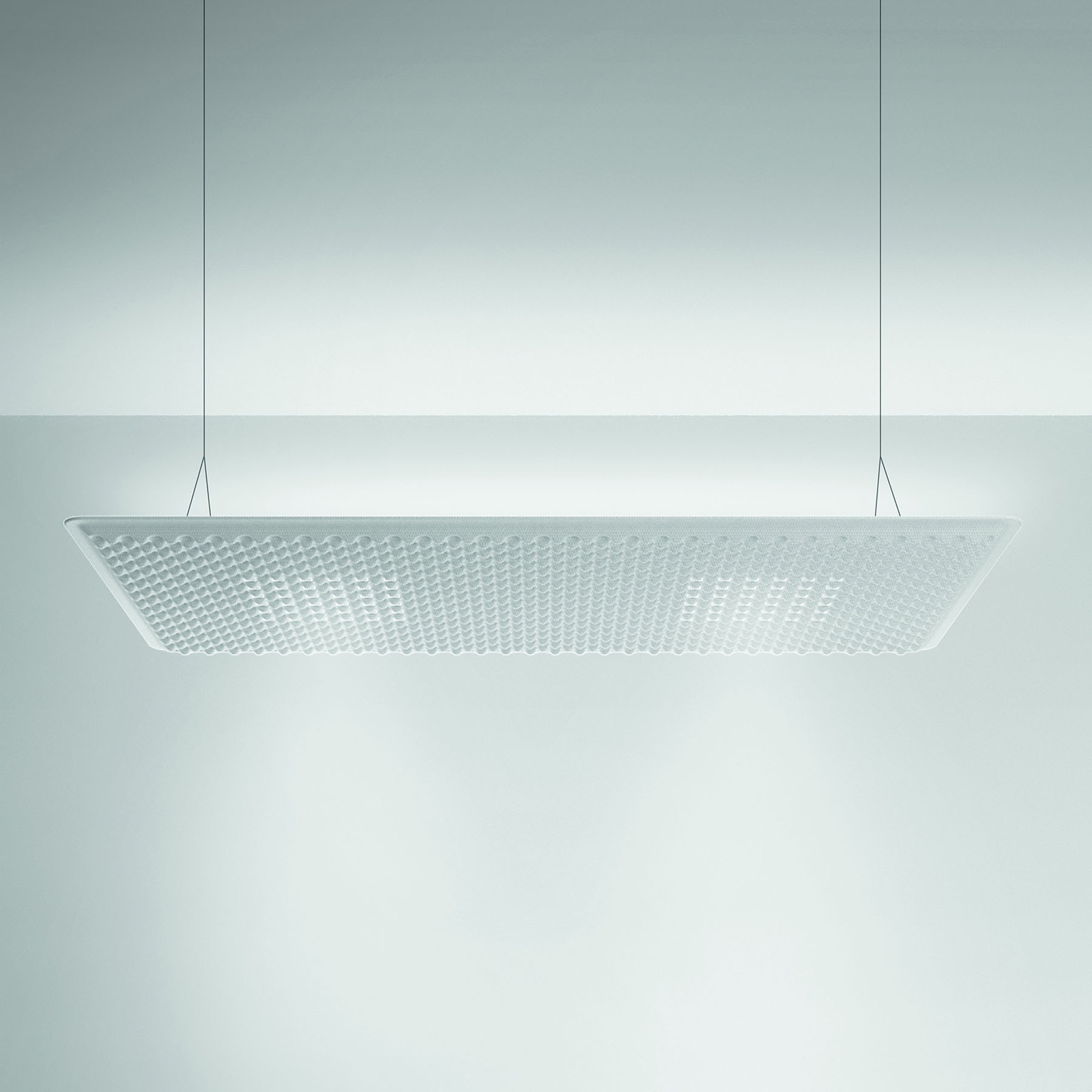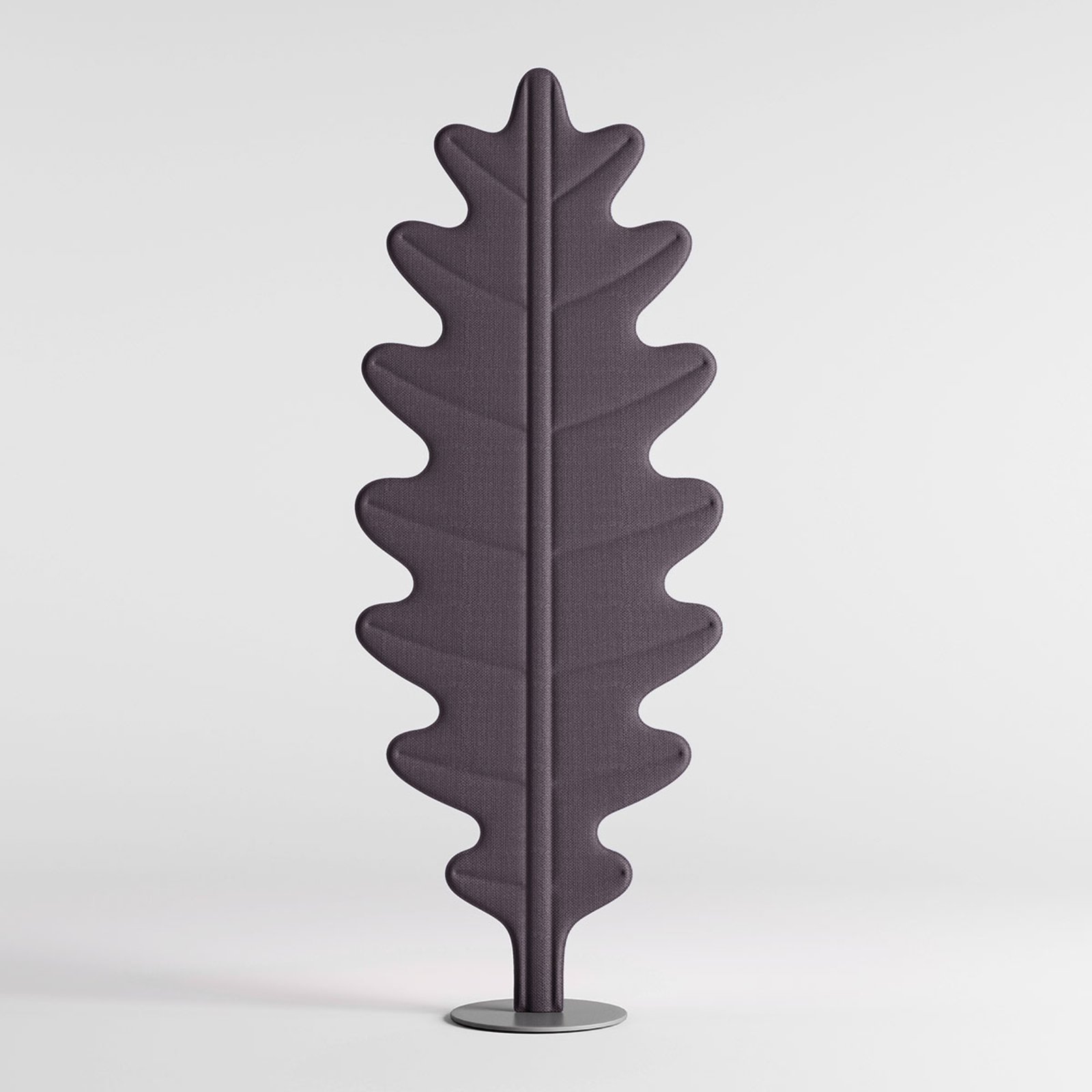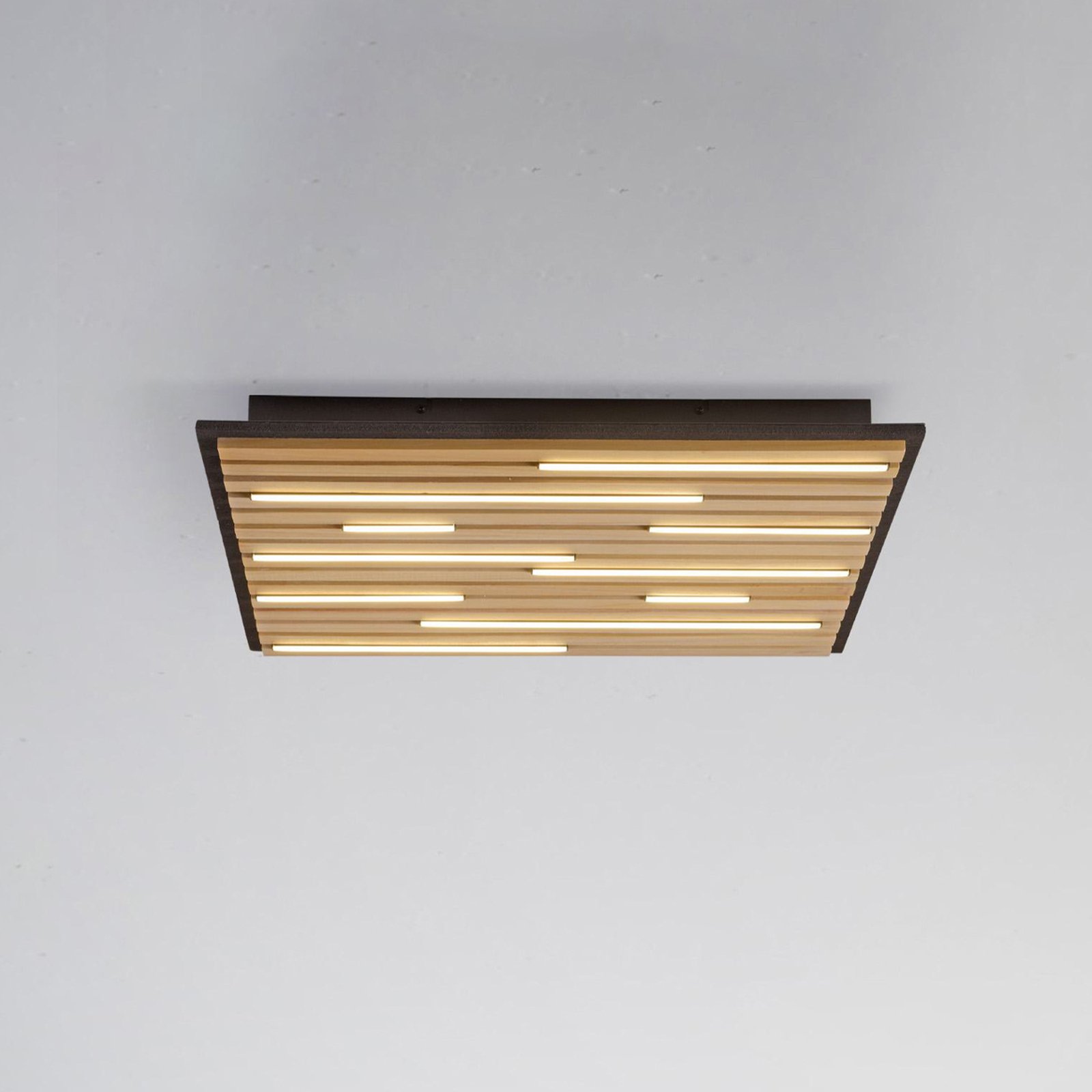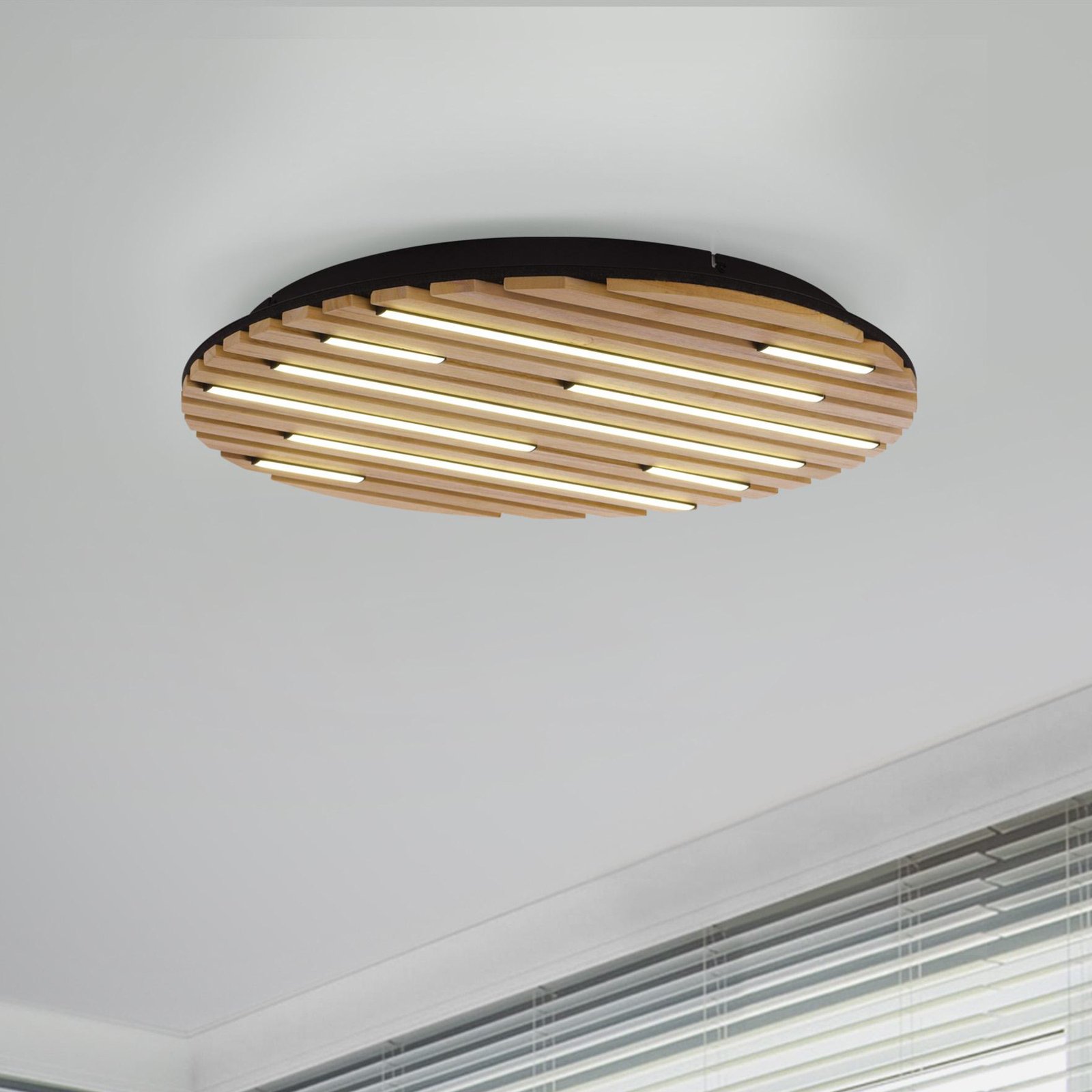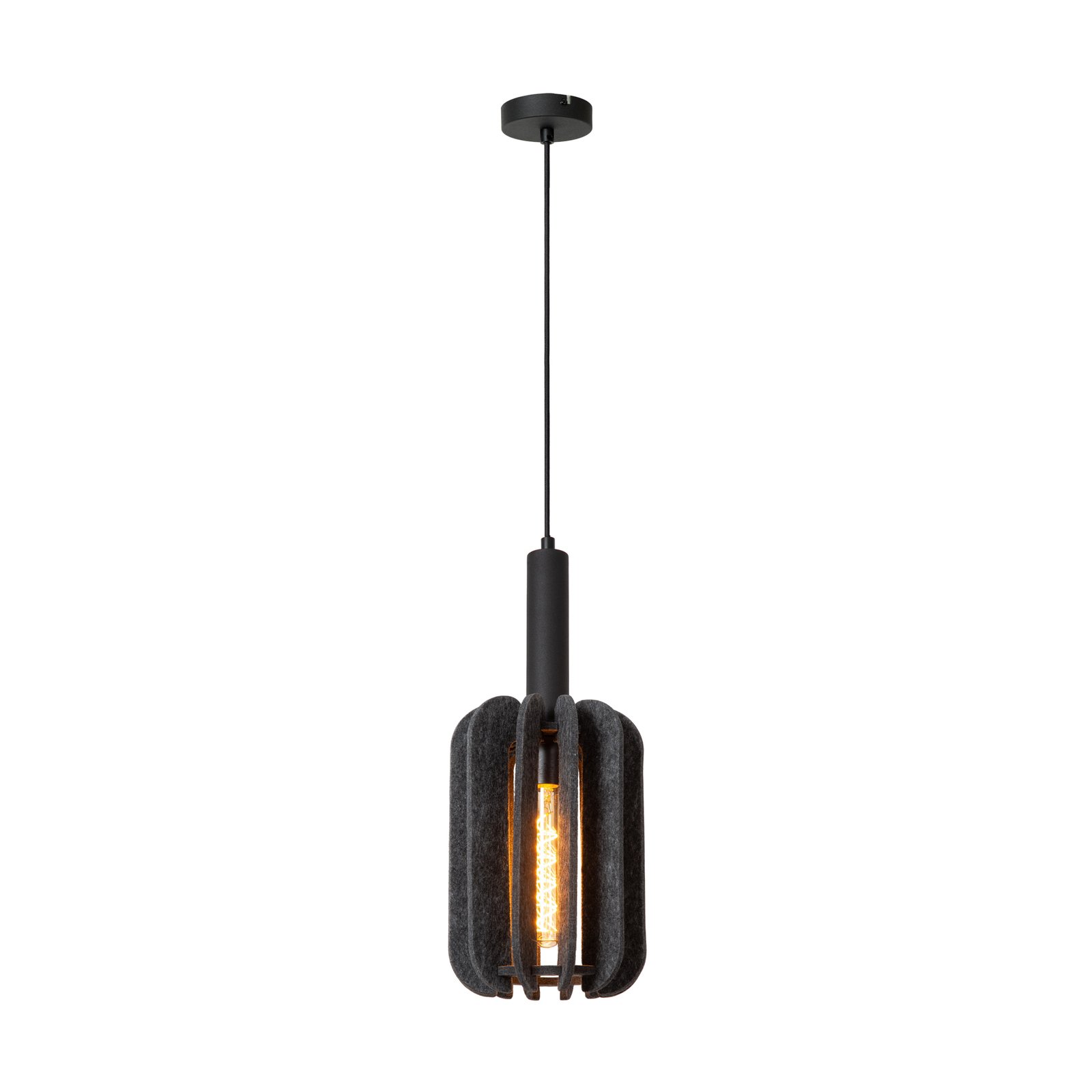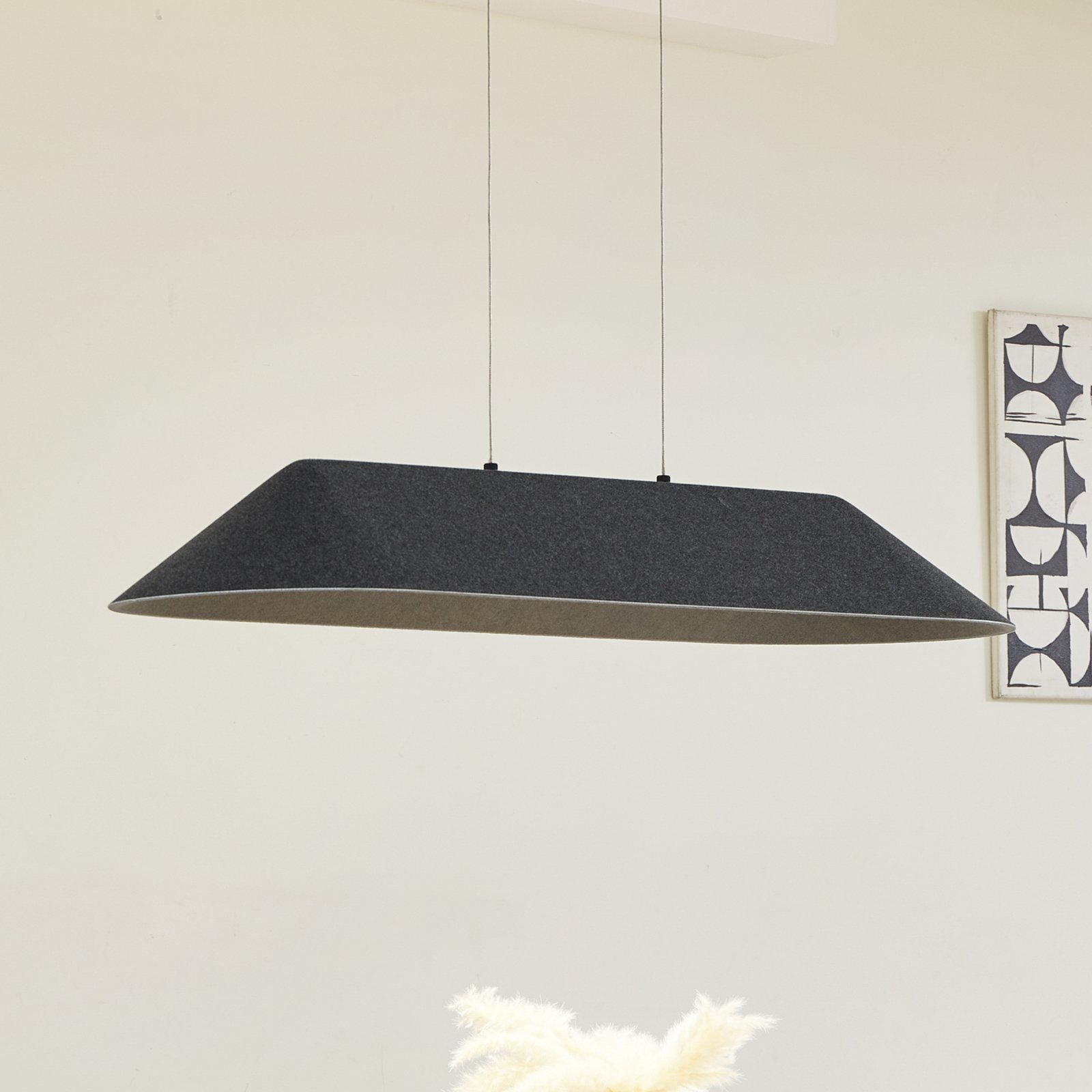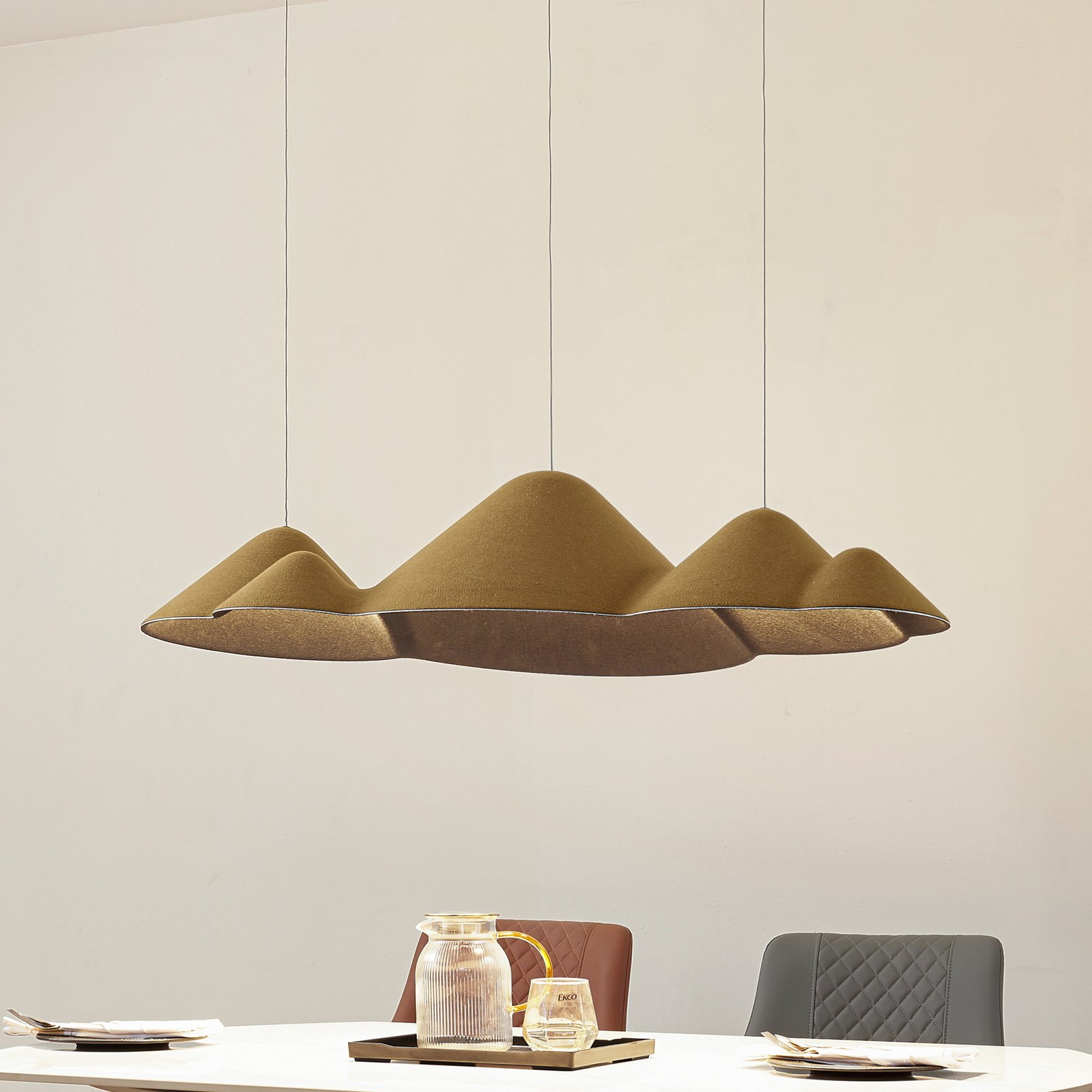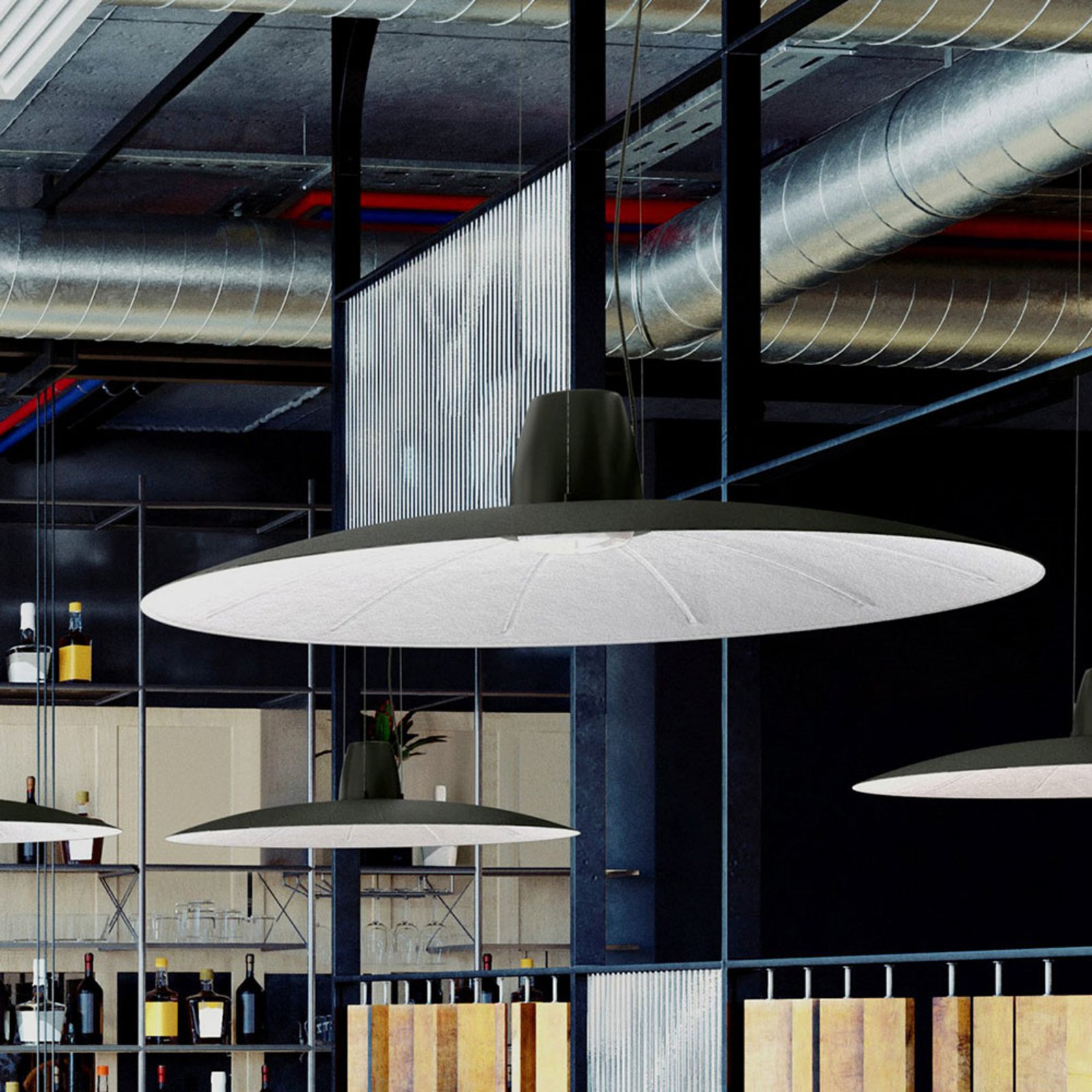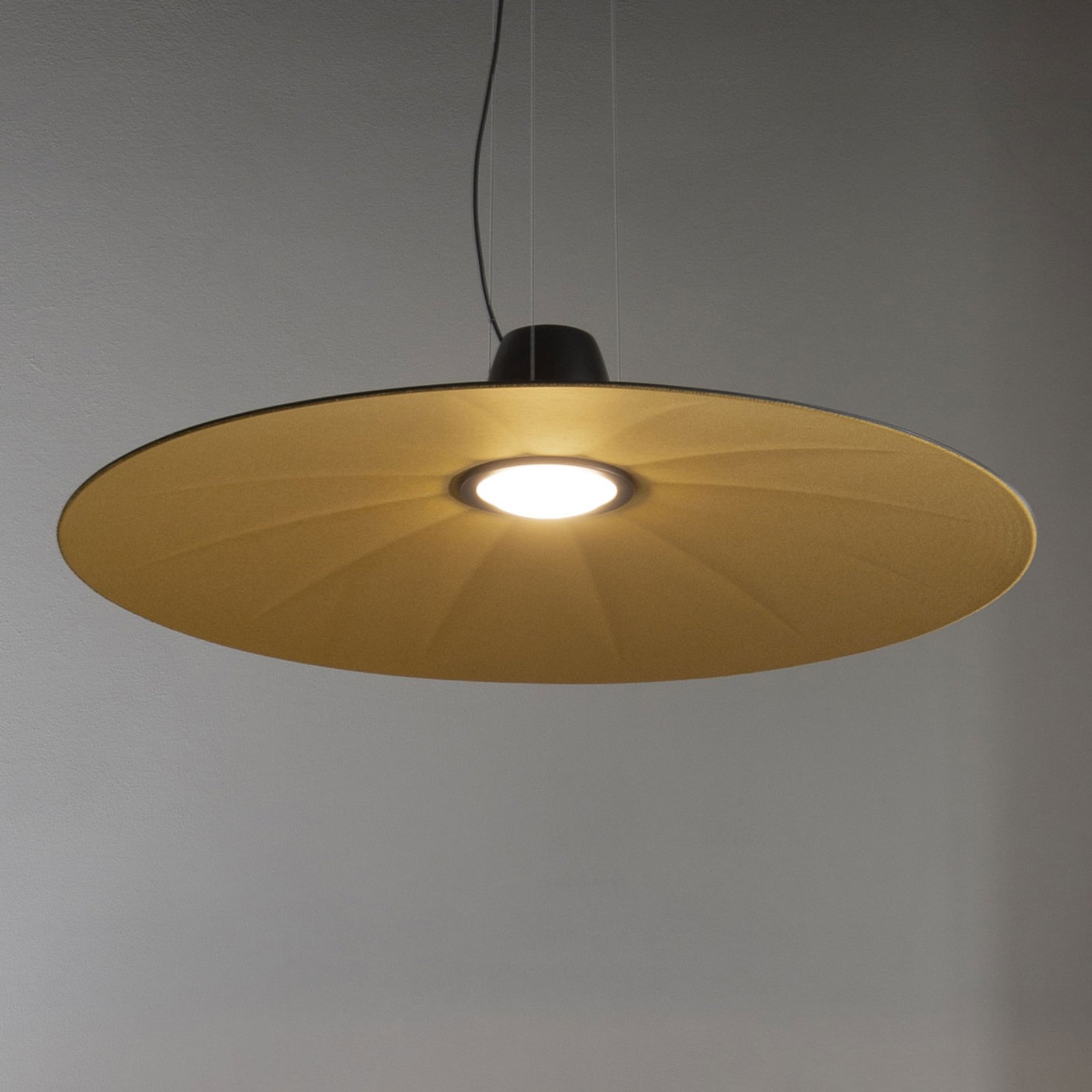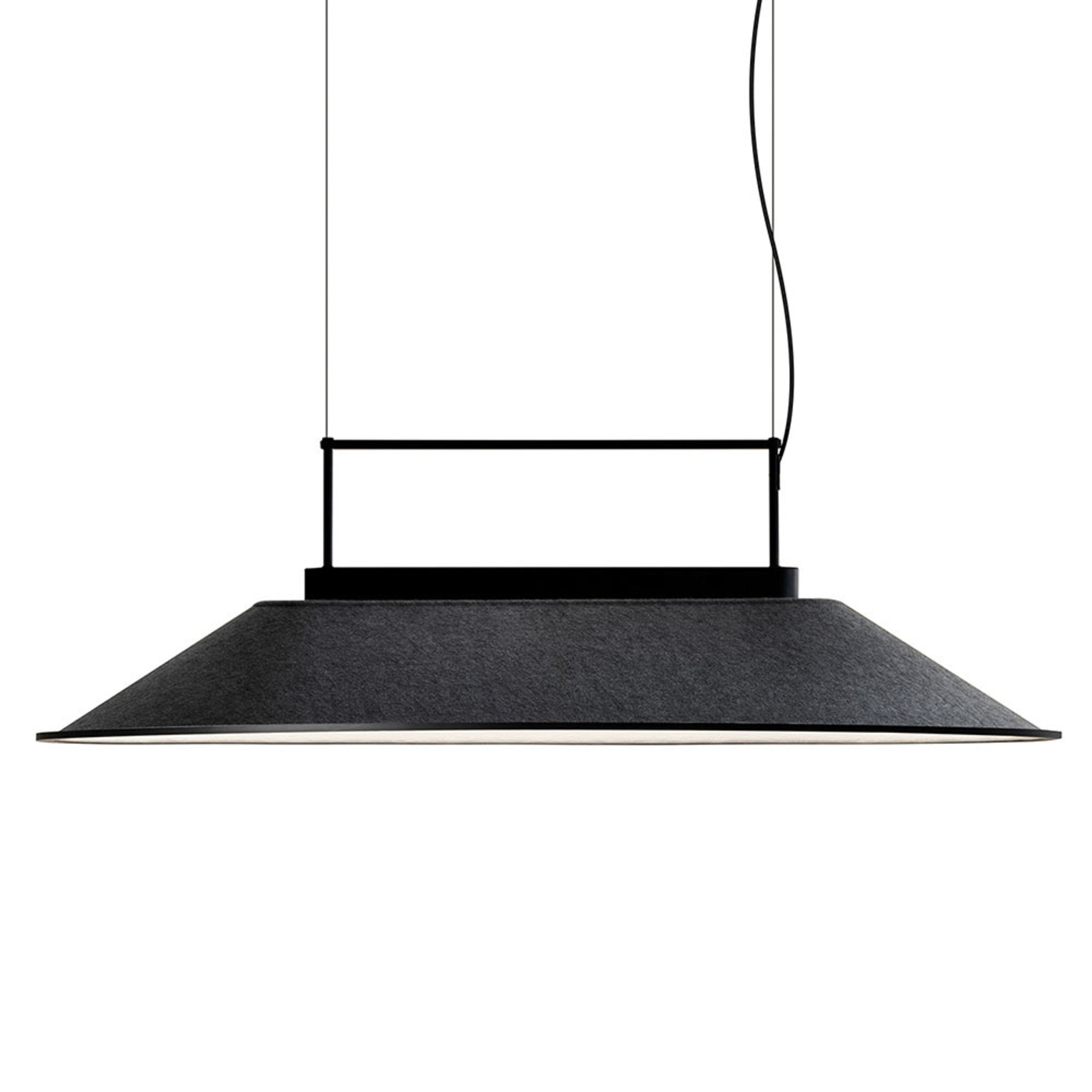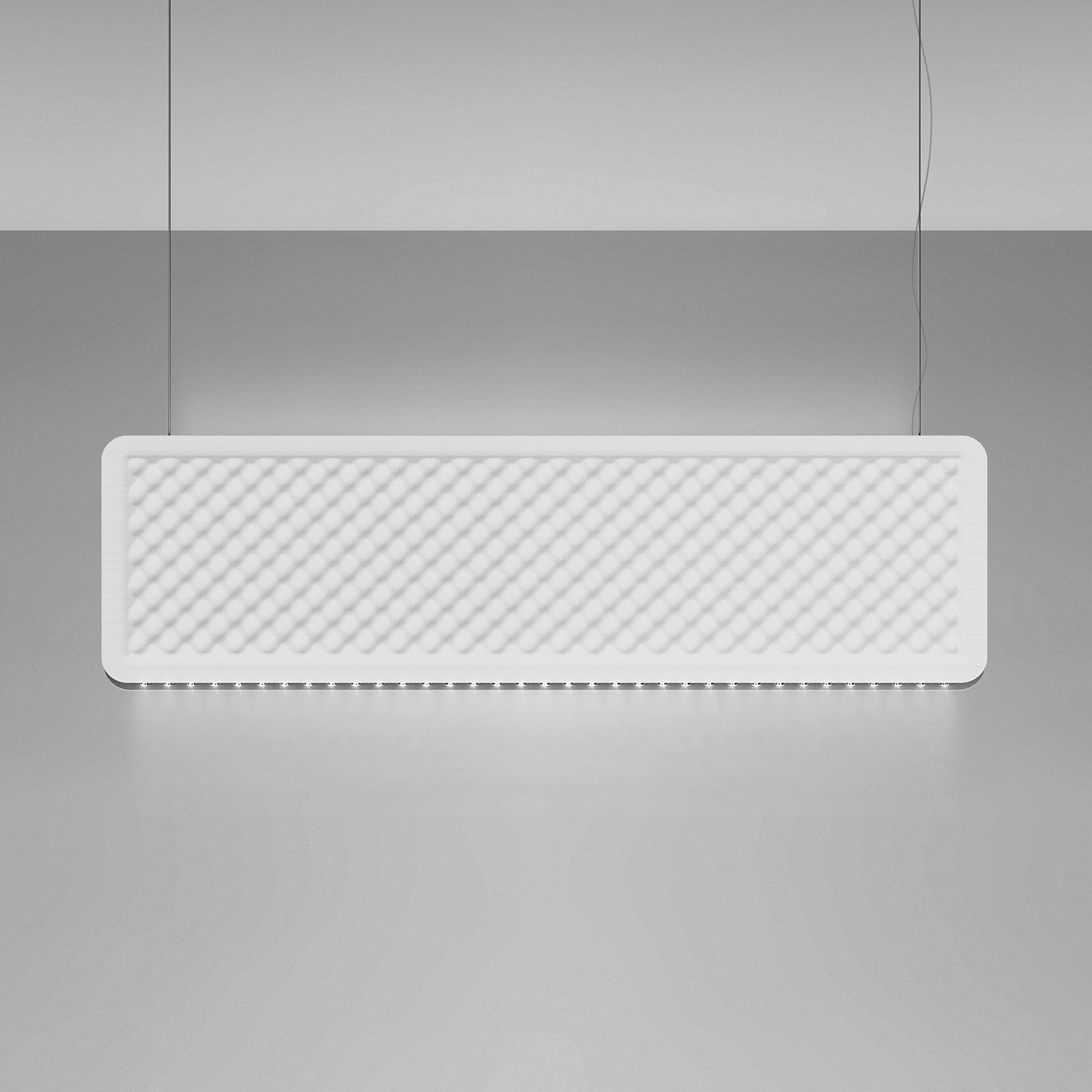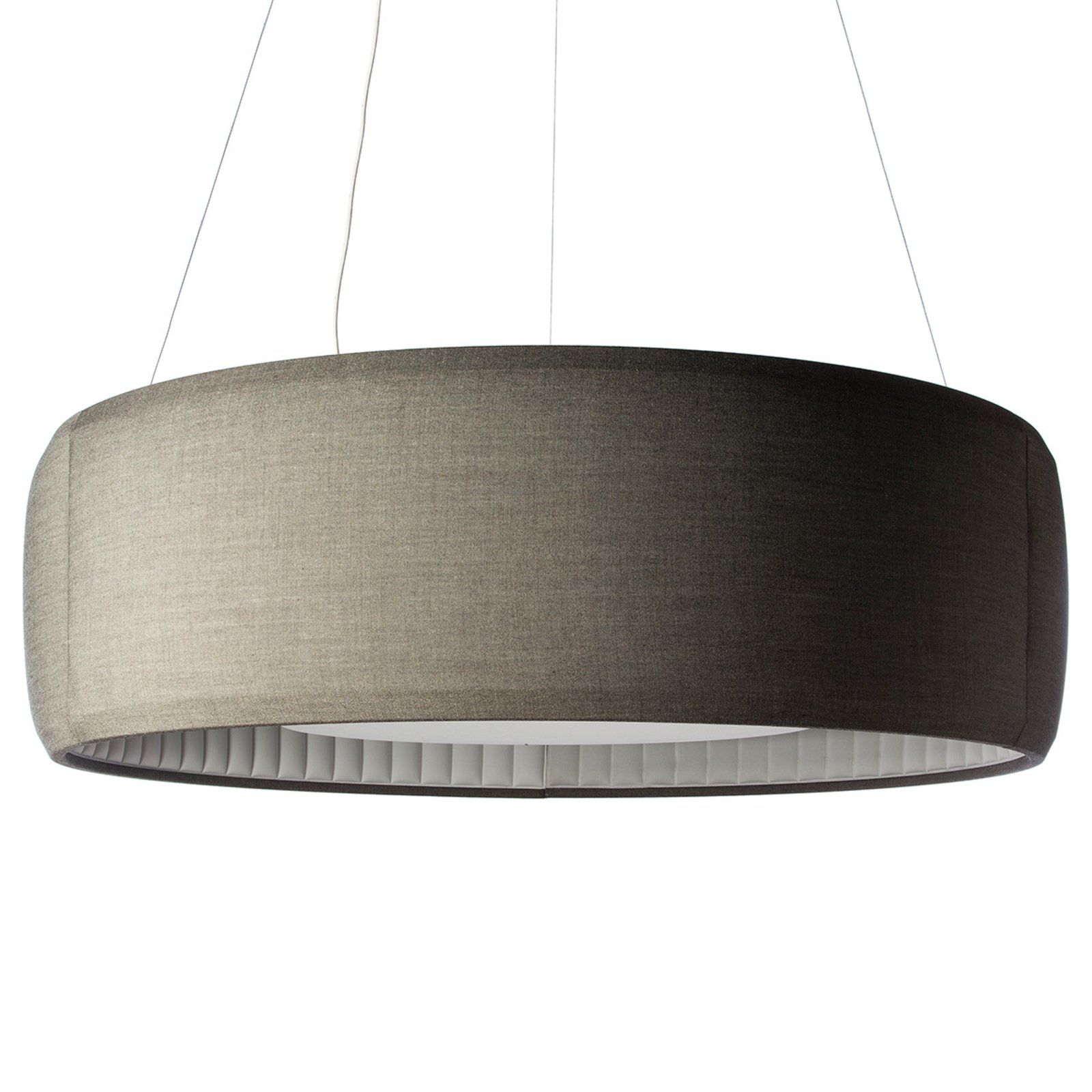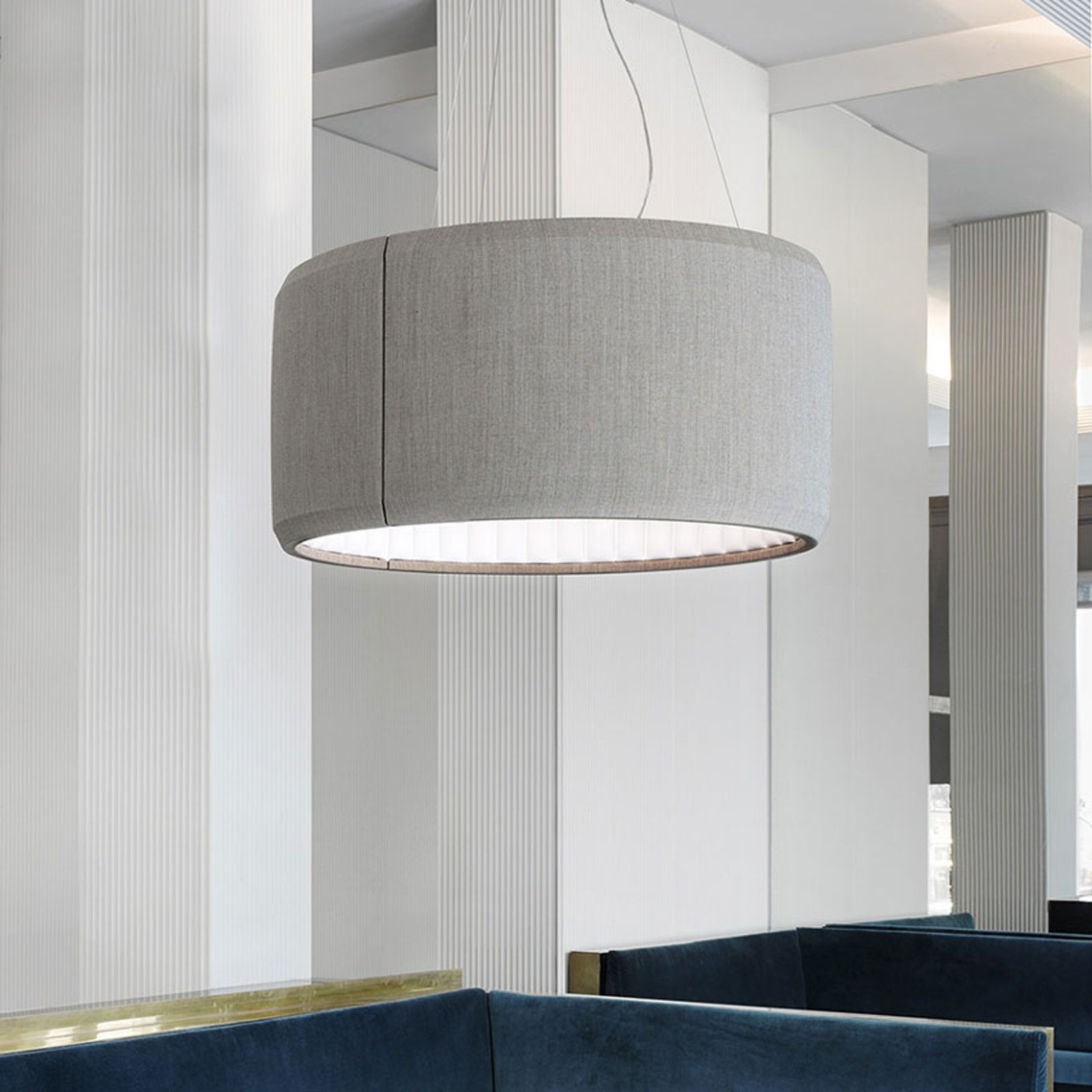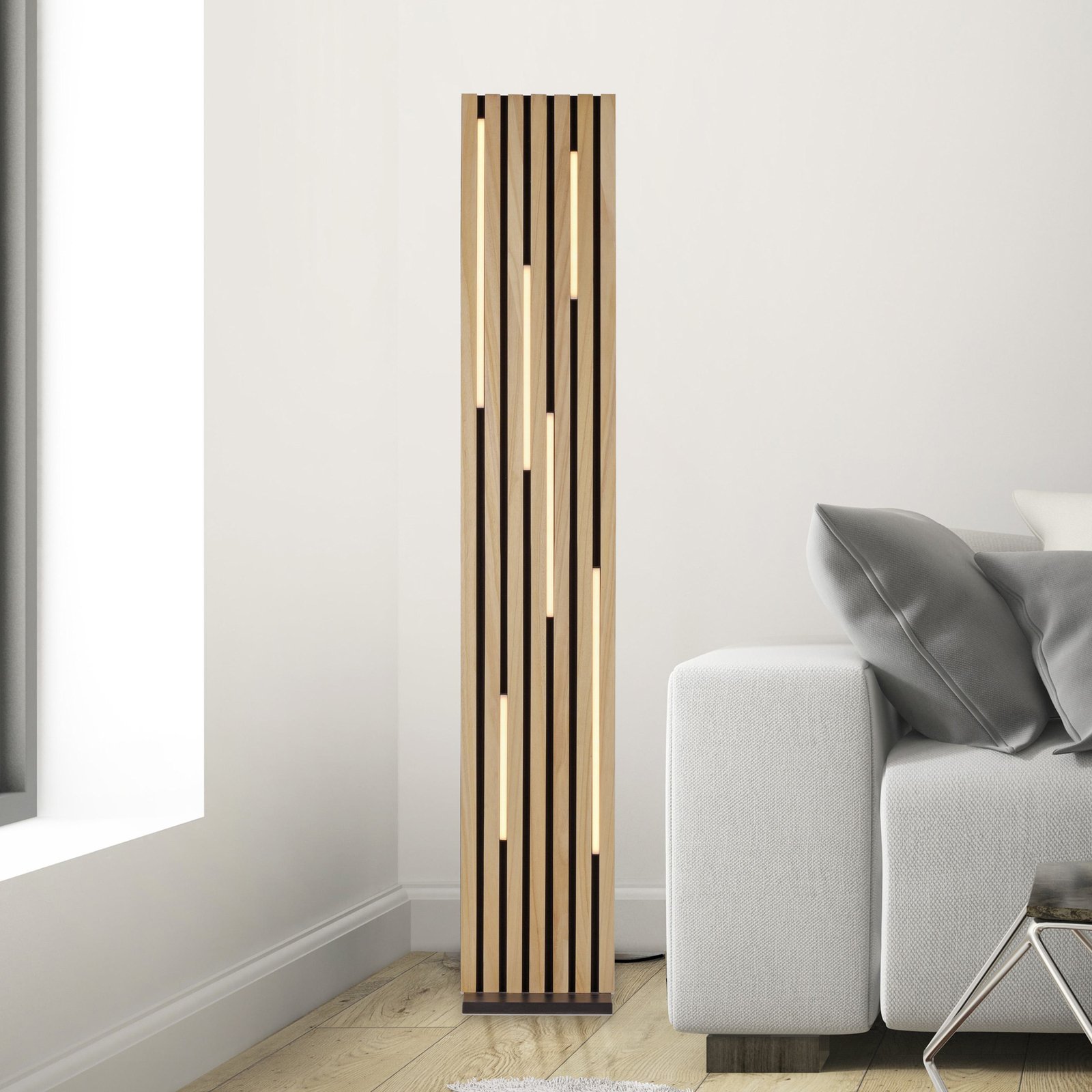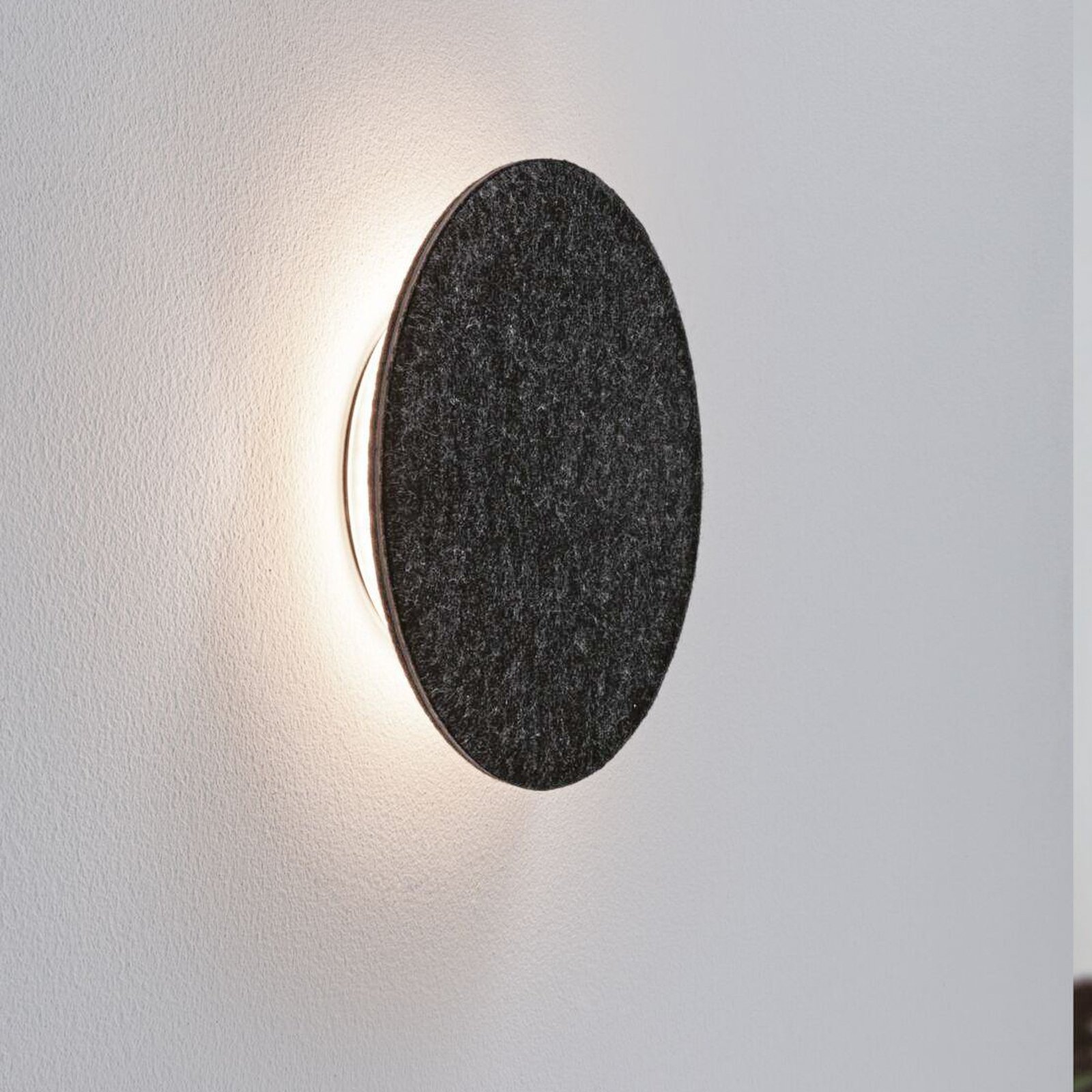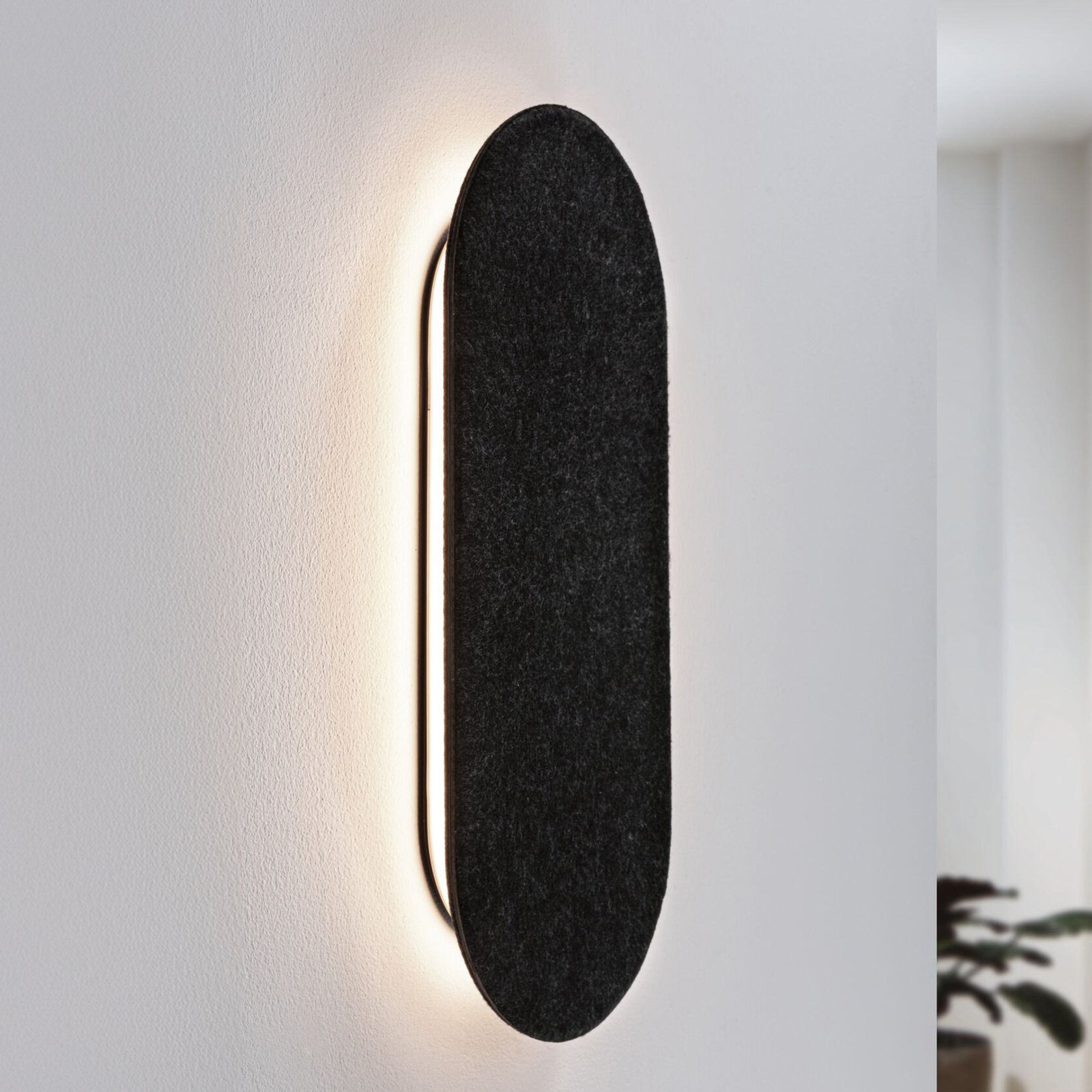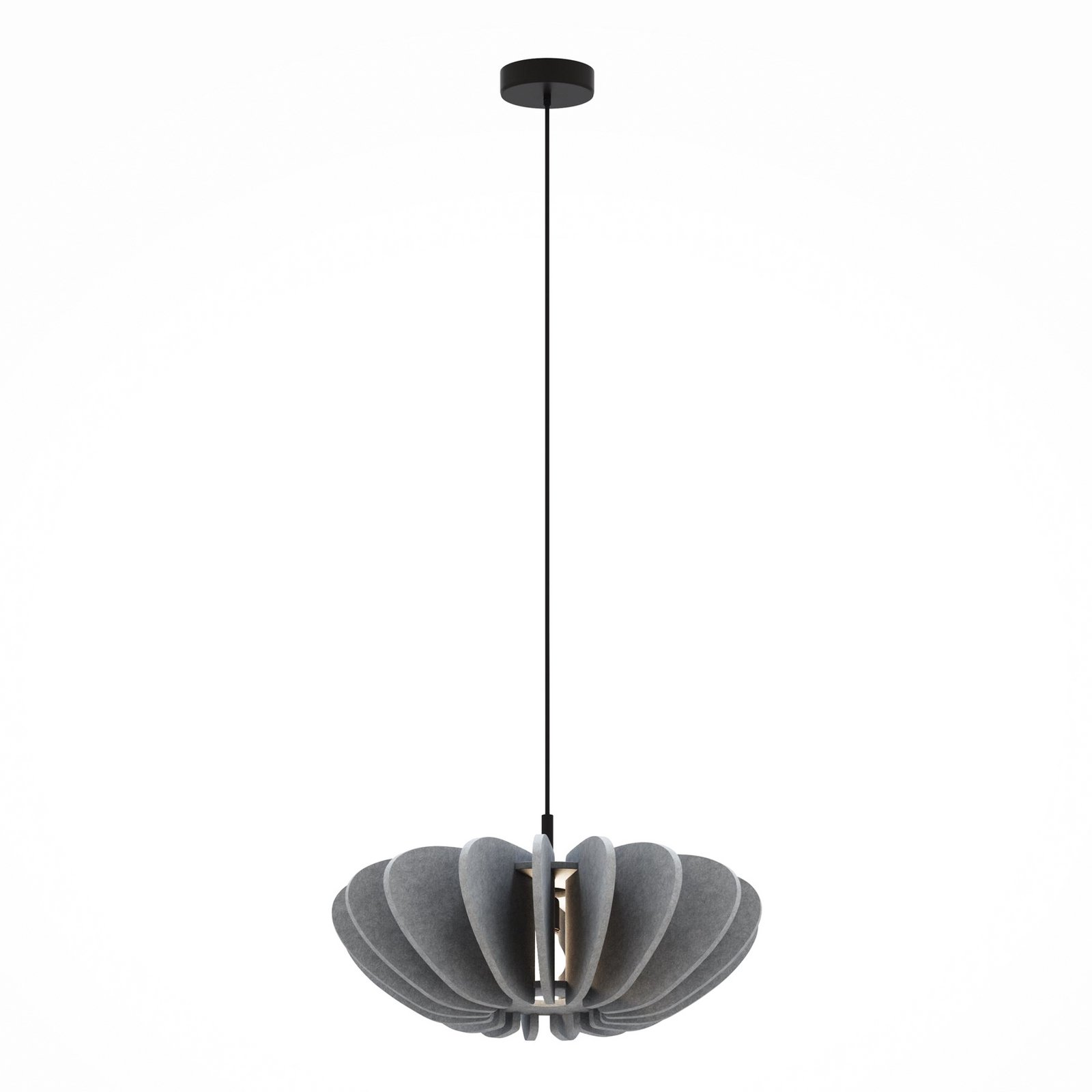:format(jpeg))
Acoustic lights
Enhanced well-being through better room acousticsAcoustic luminaires combine artificial office lighting with sound absorption. Noise from printers, telephones or keyboards is unavoidable in everyday office life. In order to maintain productivity and protect employees' health against noise stress, modern companies rely on soundproofing measures. And since artificial lighting is essential anyway, the combination in the form of acoustic lamps is an efficient solution for both requirements.
:format(jpeg))
Aural noise effects directly affect the hearing, e.g. acoustic trauma. These hardly ever occur in everyday office life, but they are an important issue in occupational safety, e.g. during construction work.
:format(jpeg))
Extra-aural noise effects are a stress reaction to an excessive noise level, which manifests itself in reduced performance, for example, but also affects health. These occur most frequently in everyday office life, which makes the use of acoustic luminaires interesting.
:format(jpeg))
Insufficient sound suppression ensures that personal conversations can also be heard. There is a lack of acoustic privacy and you constantly feel "overheard". A soundproof lamp can also help here.
Legal requirements
No statutory noise limits apply to the office. However, DIN EN ISO 11690-1 recommends maximum values, which we take into account in our advice as well as other recommendations from state institutions and employers' liability insurance associations.
- Sound pressure levels of > 55 dB are already perceived as disturbing
- Speech quality suffers at > 70 dB
- In offices, the background noise level should not exceed 30-45 dB
- In industrial workplaces, a background noise level of 65-70 dB can hardly be avoided
The greatest noise nuisance in the office is to be expected from electronic devices and the workers themselves. With a good office concept and high-quality acoustic lamps, we ensure better room acoustics and therefore a higher level of employee satisfaction.
:format(jpeg))
Locations for acoustic lamps
There are several ways to reduce noise in the office. Acoustic time-outs are also a good idea in public spaces, e.g. in the catering trade. Acoustic luminaires, also known as sound-absorbing lamps, are a practical and aesthetically pleasing solution. They combine lighting and sound absorption by having a body made of sound-absorbing material, e.g. cotton felt.
:format(jpeg))
:format(jpeg))
:format(jpeg))
:format(jpeg))
Further noise reduction measures
A single acoustic lamp cannot completely eliminate the sound level in a room. In combination with other measures, however, the extra-aural stress level can be significantly reduced. This creates a more positive image of your own workplace.
Acoustic ceilings can be used alongside acoustic lamps to achieve a significant effect.
As walls are very hard, they reflect sound. Pictures, calendars or posters can counteract this.
In contrast to parquet, carpets absorb impact sound. Houseplants also absorb sound.
Bookshelves, filing cabinets and, of course, a meeting sofa have a positive influence on the room acoustics.
Sound-absorbing louvres or curtains prevent noise from bouncing off the windows and being reflected back into the room.
If possible, photocopiers and printers should be placed in a separate room. Most people find this source of noise annoying.











































